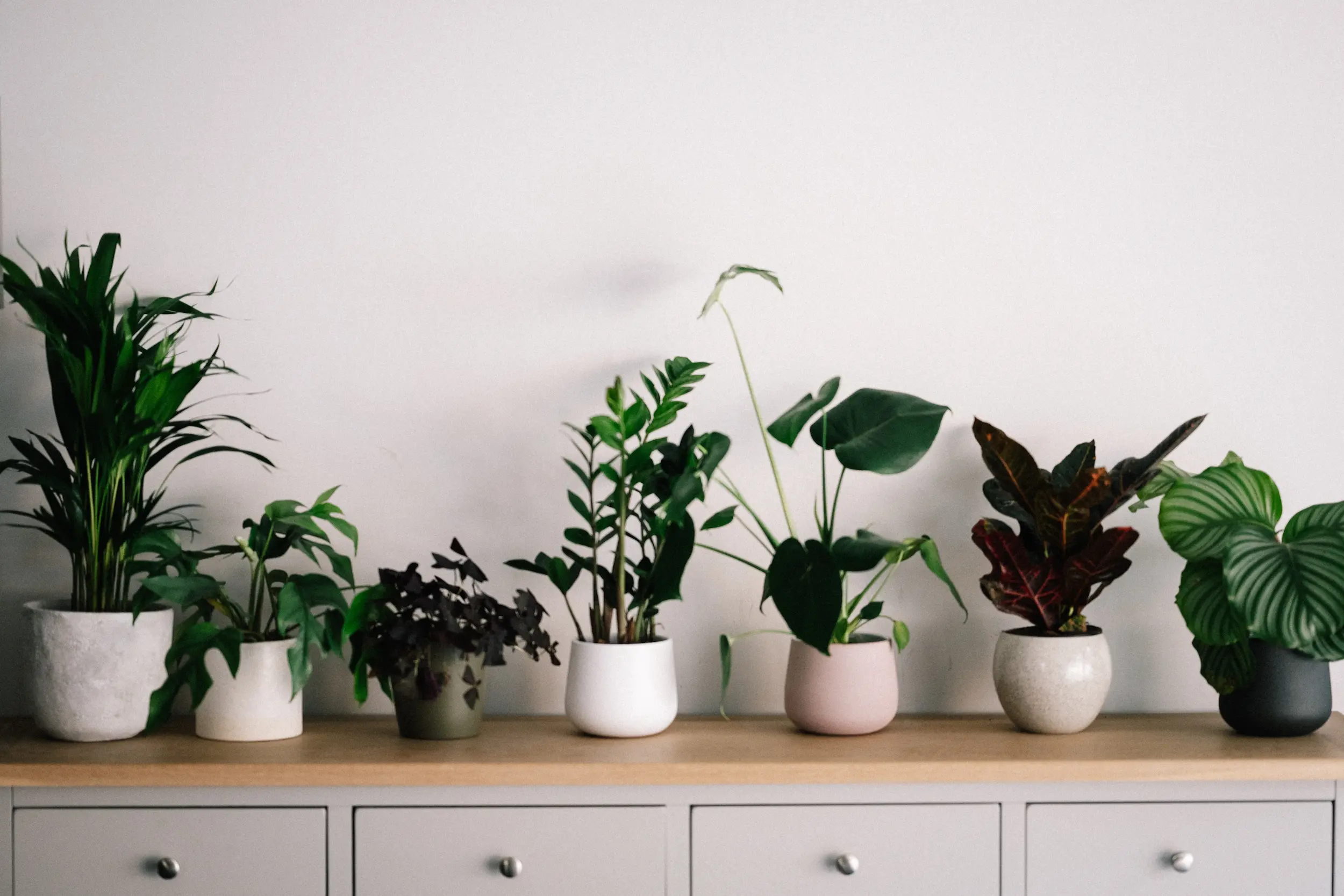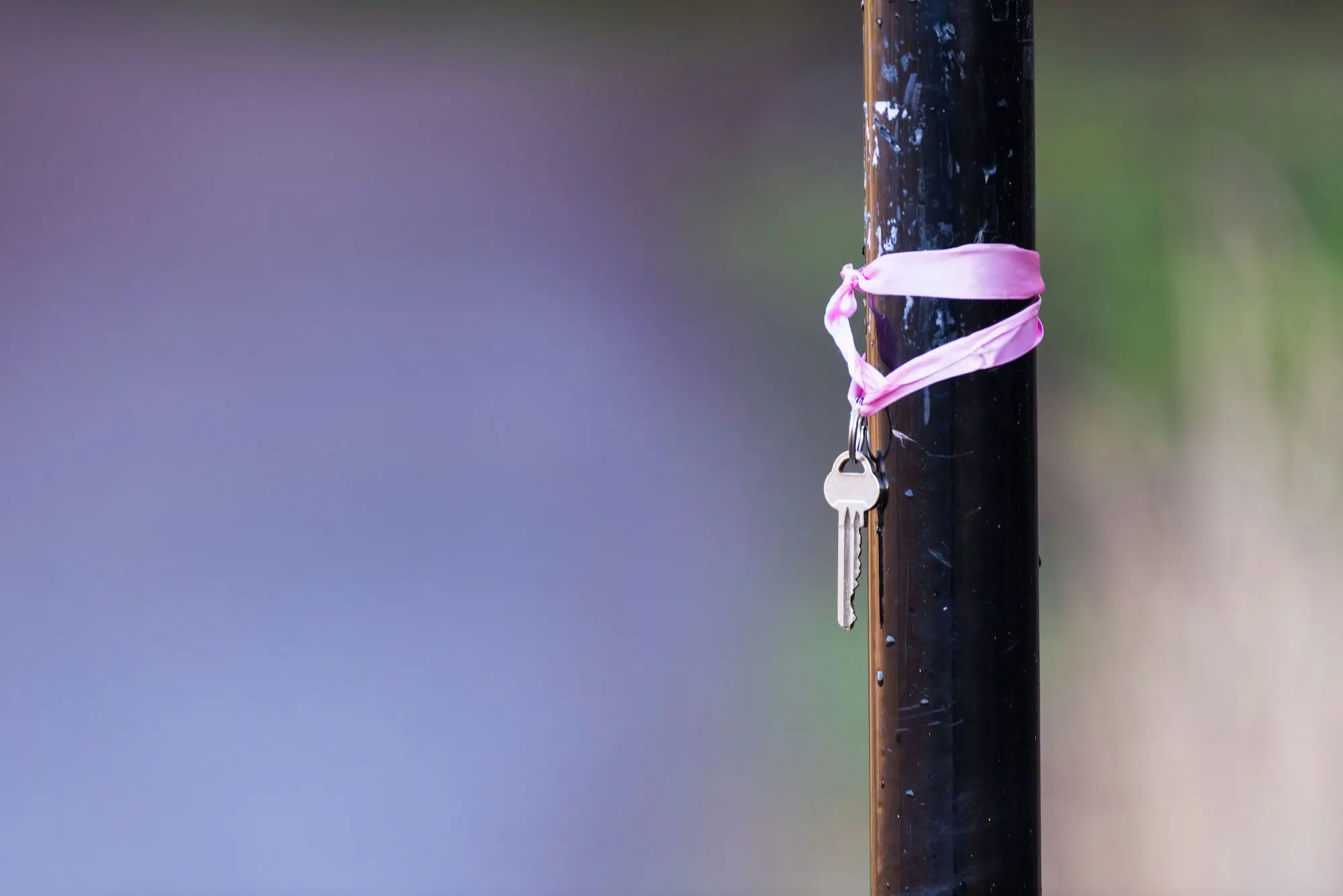We believe that plants are one of the most wonderful additions to our homes. However, a failed attempt at plant care can easily discourage us. We must remember that nurturing plants requires as much attention and care as taking care of our pets. Let’s not forget to do the research before “adopting” a plant, just as we would before bringing a pet into our homes.
In this guide, we’ll explore some of the most popular houseplants and suggest ideal spots to keep them based on their light and humidity requirements while also addressing their potential harm to pets.
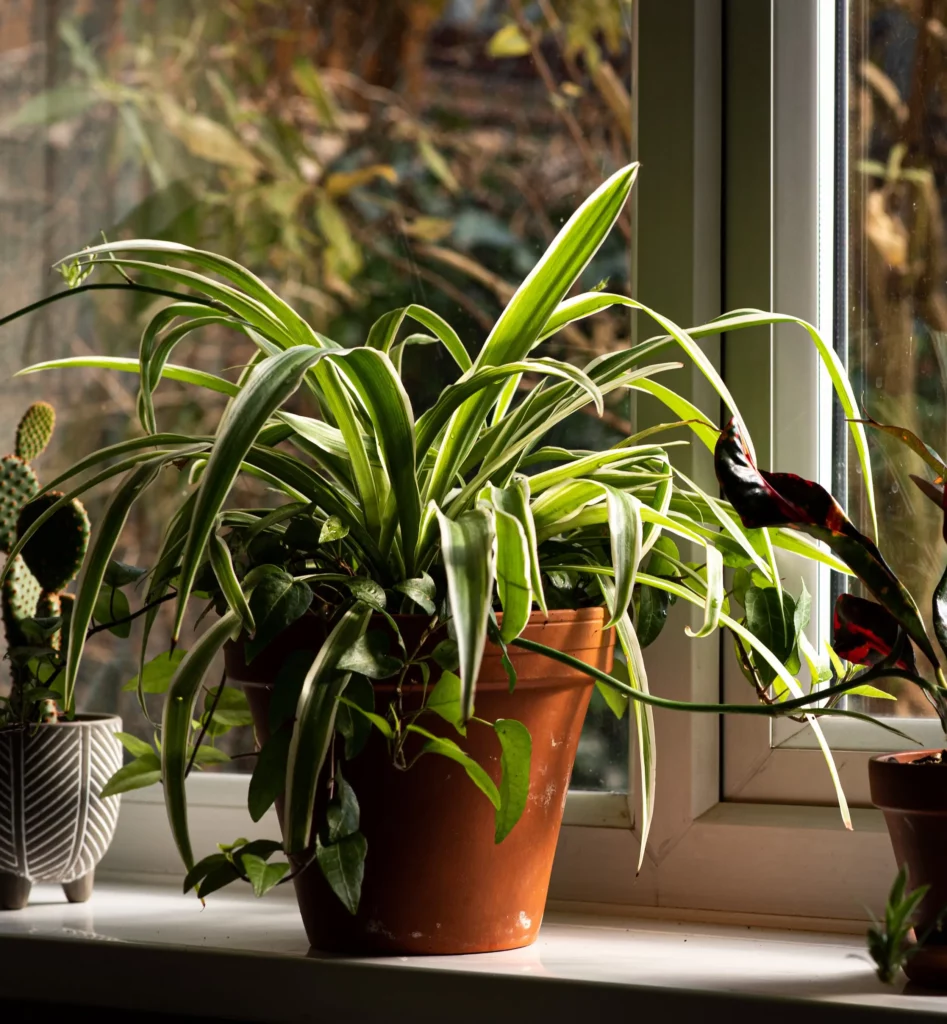
Spider Plant (Chlorophytum comosum)
The spider plant is an excellent choice for beginners. It loves indirect sunlight, making it perfect for rooms with north-facing windows. Water them moderately, allowing the top inch of soil to become dry before watering again. They are non-toxic to cats and dogs.
Ideal Location: Living rooms, bedrooms, or hallways with moderate to bright, indirect light.
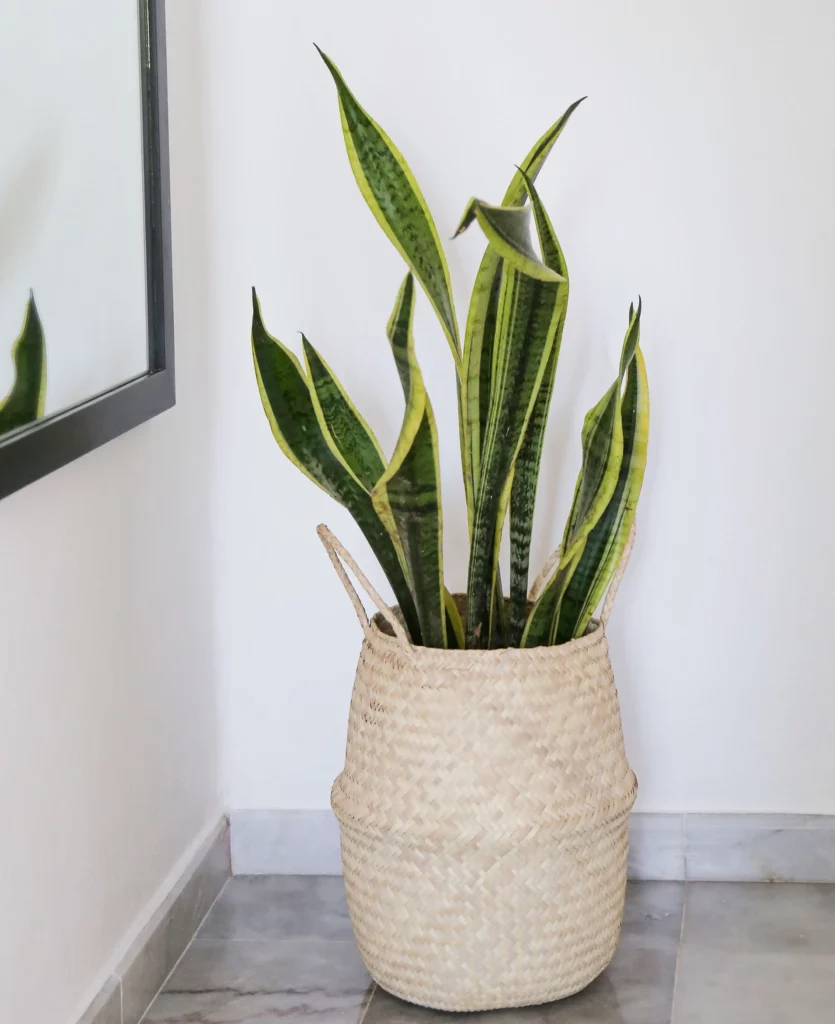
Snake Plant (Sansevieria trifasciata)
Snake plants are known for their air-purifying properties and low maintenance. They prefer low light conditions and are considered non-toxic to pets. Water them when the soil has almost completely dried out, which can be as infrequently as once a month.
Ideal Location: Bathrooms, bedrooms, or any room with low to moderate light.
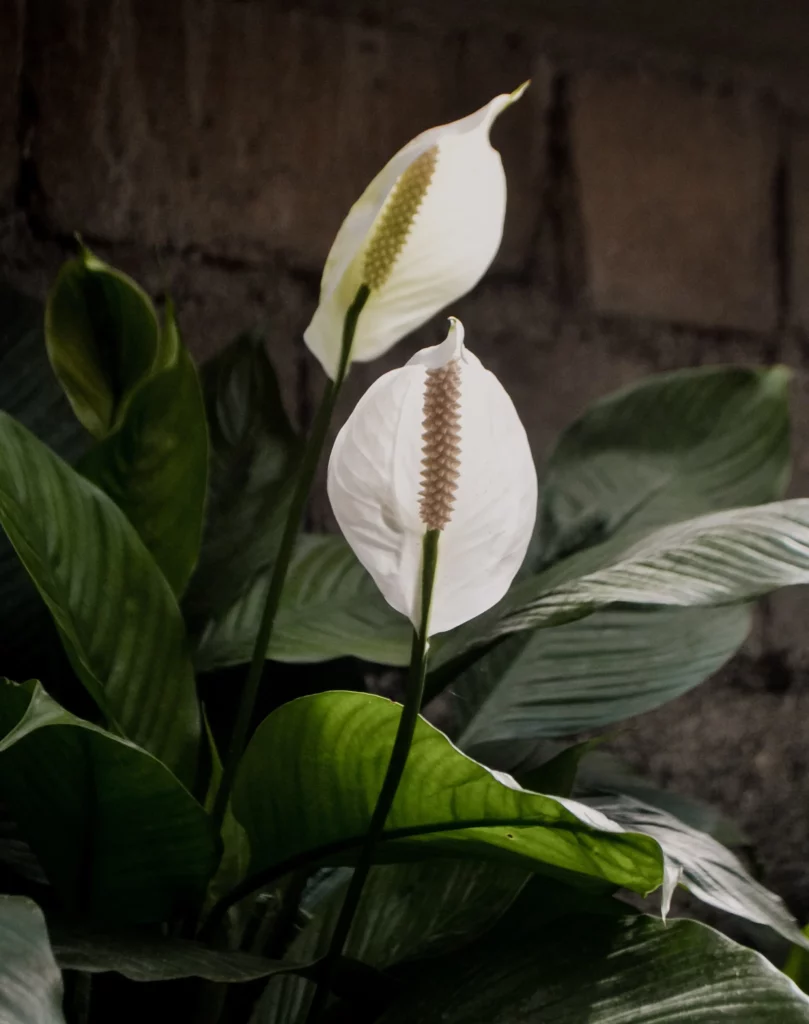
Peace Lily (Spathiphyllum)
Peace lilies are elegant and excellent at removing toxins from the air. They prefer bright, indirect light and consistent humidity. Peace lilies like moist soil but not waterlogged conditions. Water them when the top inch of soil is dry to the touch. However, they can be toxic to cats and dogs if ingested.
Ideal Location: Kitchens, bathrooms, or near windows with filtered sunlight. Keep them out of reach of curious pets.
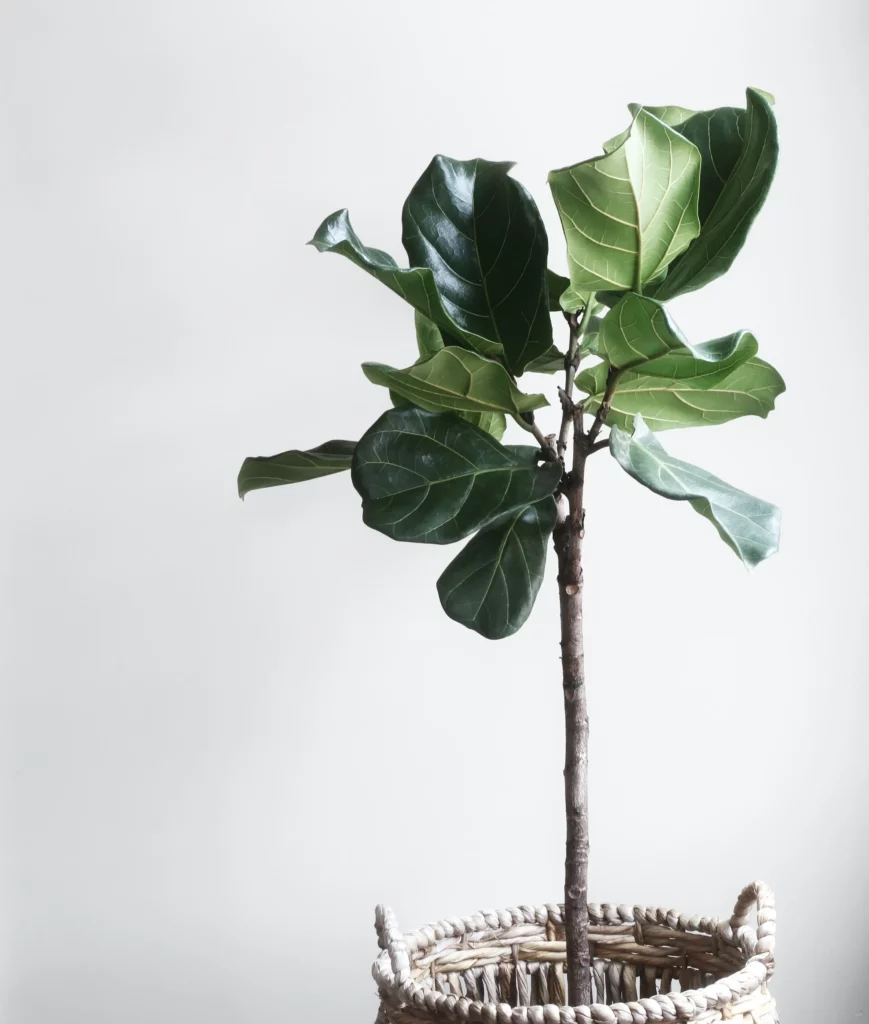
Fiddle Leaf Fig (Ficus lyrata)
They require bright, indirect light and should be shielded from direct sun exposure. They prefer even moisture, so maintain a consistent watering schedule. Unfortunately, they can be toxic to pets if consumed.
Ideal Location: Living rooms, dining rooms, or home offices with plenty of filtered sunlight. Place them where pets cannot access them.
Today, we’re getting acquainted with these plants. If you find one you like and it would be ideal for your home, don’t hesitate to get it and be a good caretaker. If you haven’t found the perfect one yet, then stay with us; we’ll be back soon with the second part, where we’ll introduce more plants.
